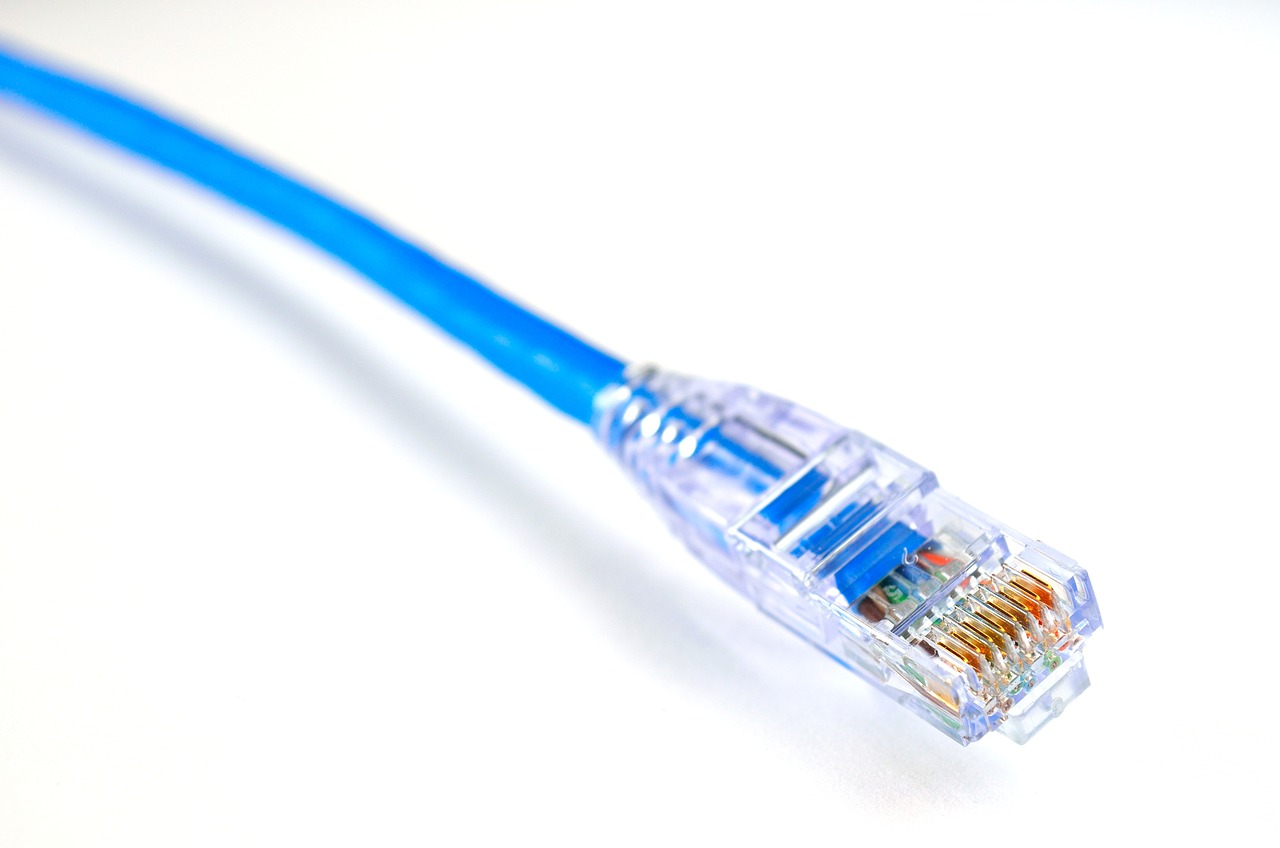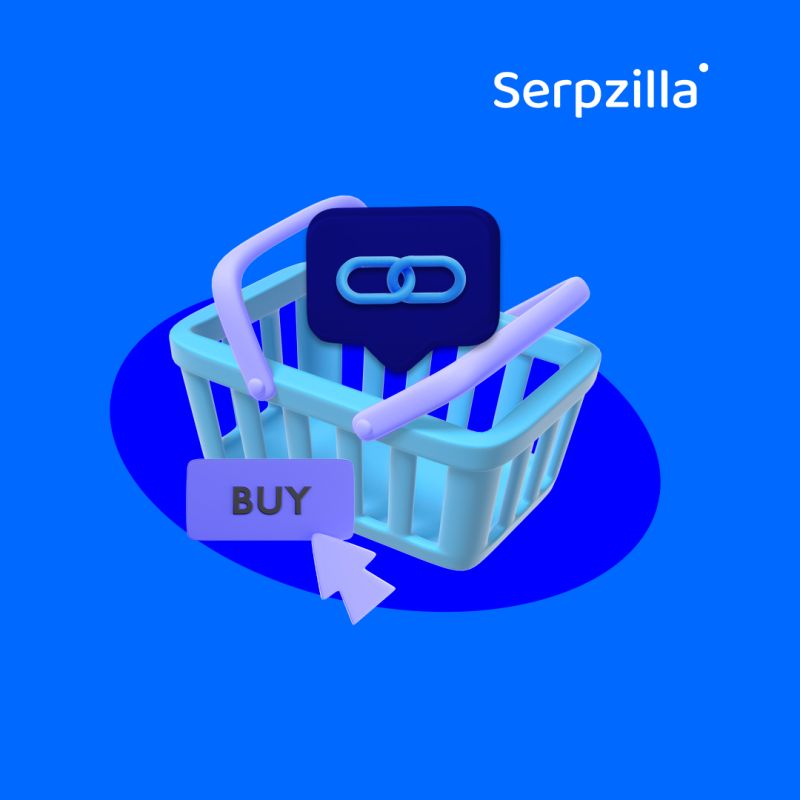- The Future of Cloud Computing in the Age of IoT
Cloud computing has revolutionized the way businesses and individuals store, manage, and access data. With the rise of the Internet of Things (IoT), the future of cloud computing looks even more promising as these two technologies continue to intersect and complement each other. The Internet of Things refers to the interconnected network of devices, sensors, and everyday objects that can communicate with each other and exchange data over the internet. These devices can range from smart home appliances and wearable technology to industrial machinery and healthcare devices. As the number of IoT devices continues to grow exponentially, the demand for cloud computing services to store and analyze the data generated by these devices is also on the rise. One of the key advantages of cloud computing in the age of IoT is its scalability. Cloud computing allows businesses to easily scale their storage and processing capabilities as the volume of data generated by IoT devices increases. This scalability is crucial for handling the massive amounts of data produced by IoT devices, which can quickly overwhelm traditional on-premises data storage solutions. Another benefit of cloud computing in the context of IoT is its ability to provide real-time data analytics. By leveraging cloud-based analytics tools, businesses can gain valuable insights from the data generated by IoT devices in real-time. This enables businesses to make informed decisions quickly, optimize operations, and improve customer experiences. Security is a major concern when it comes to IoT devices, as they are often vulnerable to cyberattacks. Cloud computing offers robust security measures to protect the data transmitted and stored by IoT devices. Cloud providers invest heavily in security measures such as encryption, firewalls, and access controls to ensure the confidentiality and integrity of data stored in the cloud. In addition to security, cloud computing also offers cost-effective solutions for storing and processing IoT data. Instead of investing in expensive on-premises infrastructure, businesses can leverage the pay-as-you-go model of cloud computing to access the resources they need on demand. This allows businesses to reduce capital expenditures and operational costs while benefiting from the scalability and flexibility of cloud services. As the IoT ecosystem continues to evolve, the future of cloud computing looks bright. The combination of cloud computing and IoT technologies offers businesses unprecedented opportunities to innovate, improve efficiency, and drive growth. By harnessing the power of cloud computing in the age of IoT, businesses can stay ahead of the curve and unlock the full potential of connected devices and data.





